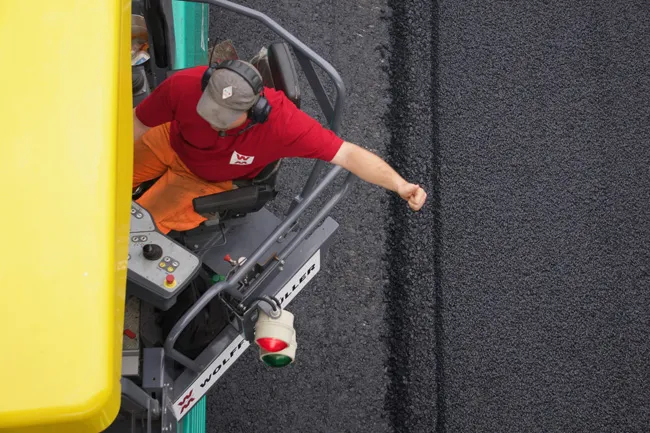A massive growth in construction is predicted for Sub-Saharan Africa. This comes from a report by the data and analytics company, GlobalData. Its report suggests that the region’s construction industry will grow at the fastest rate of any other world region over next five years. According to its report, the region’s construction sector will grow on average by a compound annual growth rate (CAGR) by 6.6% a year, from 2018 to 2022.
The company’s latest report, ‘Global Construction Outlook to 2022: Q3 2018 Up
October 9, 2018
Read time: 2 mins
A massive growth in construction is predicted for Sub-Saharan Africa. This comes from a report by the data and analytics company, GlobalData. Its report suggests that the region’s construction industry will grow at the fastest rate of any other world region over next five years. According to its report, the region’s construction sector will grow on average by a compound annual growth rate (CAGR) by 6.6% a year, from 2018 to 2022.
The company’s latest report, ‘Global Construction Outlook to 2022: Q3 2018 Update’ also reveals that in real value terms*, total global construction output is forecast to rise to US$12.9 trillion by 2022, up from US$10.8 trillion in 2017.
Regionally, Africa will become a major player in global construction over the next five years. There will be a steady acceleration in construction activity in Nigeria over the forecast period to 2022, supported by government efforts to revitalize the economy, by focusing on developing the country’s infrastructure. However, Ethiopia will be Africa’s star performer, where its construction industry will continue to grow in line with the country’s economic expansion.








